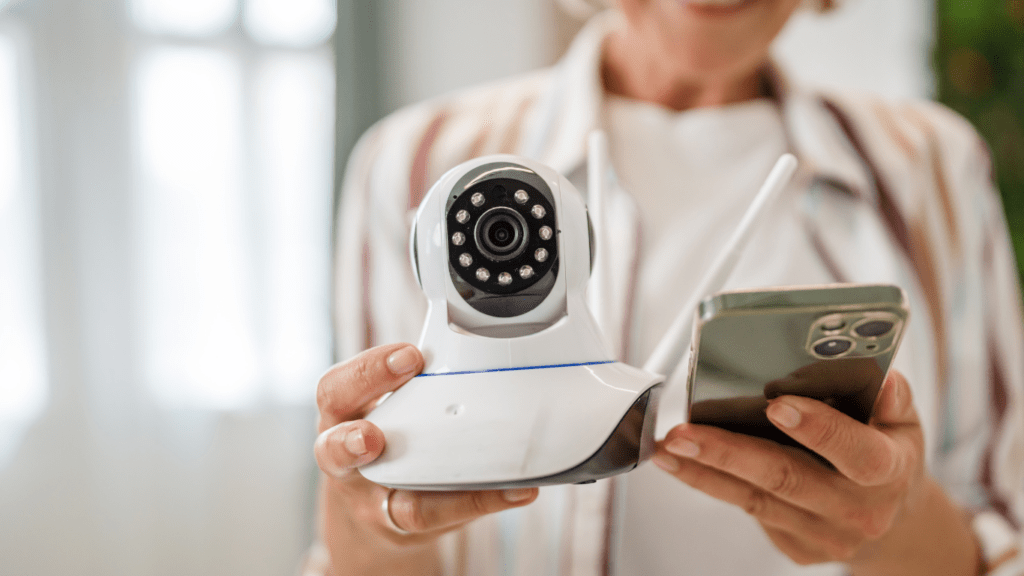The Evolution of Voice-Controlled Technology
Voice-controlled technology has come a long way since its inception. Early versions struggled with accurate recognition and required extensive training. The first voice recognition system dates back to 1952 when Bell Labs introduced “Audrey,” a machine capable of recognizing digits spoken by a single voice.
In the 1990s, technology improved significantly with the introduction of systems like Dragon Dictate, which provided more reliable voice-to-text conversion. Although it required users to speak slowly and distinctly, it marked a substantial advance. As computing power increased, so did the accuracy and capabilities of voice recognition systems.
The real breakthrough came in the 2010s with advancements in artificial intelligence and machine learning. Apple’s Siri, launched in 2011, demonstrated significant improvements in understanding and responding to natural language. This set the stage for other smart assistants, like Amazon Alexa and Google Assistant, which capitalized on cloud computing and big data to offer highly responsive and intuitive user experiences.
One key factor in the evolution of voice-controlled technology has been natural language processing (NLP). NLP enables devices to understand context and nuance, making interactions more human-like. For example, instead of simple command recognition, modern assistants can handle complex queries such as “What’s the weather like today in New York?” or “Play my favorite playlist.”
Another critical development is the integration of smart assistants with other smart home devices. Early versions of voice-controlled technology operated in isolation, but now smart assistants can control lights, thermostats, security systems, and even kitchen appliances. This interconnectivity has created truly intelligent home ecosystems, providing seamless and efficient user experiences.
Cloud computing has also been instrumental in advancing voice-controlled technology. By processing data in the cloud, smart assistants can leverage vast amounts of information and learn from user interactions. This real-time learning improves the accuracy and efficiency of responses.
- 1952: Bell Labs creates “Audrey,” recognizing spoken digits.
- 1990s: Dragon Dictate improves voice-to-text technology.
- 2011: Introduction of Siri by Apple marks a new era in NLP.
- Present Day: Integration of smart assistants with home devices.
Voice-controlled technology continues to evolve rapidly. Future advancements in artificial intelligence, NLP, and cloud computing promise even more sophisticated and intuitive interfaces, making our homes smarter and our lives easier.
Key Smart Assistants in the Market
Voice-controlled homes rely heavily on smart assistants. These assistants, powered by advanced AI, make everyday tasks simpler and homes smarter.
Amazon Alexa
Amazon Alexa stands out with its extensive compatibility. Over 100,000 skills (commands) allow Alexa to control various devices, from lights to security systems. Users can set routines, making their homes adapt to their daily schedules seamlessly. Released in 2014, Alexa’s Echo devices serve as Alexa’s virtual hubs, leveraging far-field voice recognition to understand commands from across the room.
Google Assistant
Google Assistant excels in understanding context and complex queries. Integrated with Google’s search capabilities, it offers precise answers and suggestions. With over 1 million actions, Google Assistant can play media, control smart devices, and send texts. Launched in 2016, it operates on Google Home devices, smartphones, and even smart displays, utilizing Google’s advanced natural language processing for superior connectivity.
Apple Siri
Apple Siri boasts deep integration with Apple’s ecosystem. Compatible with HomeKit-enabled devices, Siri automates tasks like adjusting thermostats and locking doors. Released in 2011, it paved the way for smart assistants, utilizing robust speech recognition and AI. Users can control their homes through iPhones, iPads, Macs, and HomePods, leveraging Apple’s commitment to privacy and security.
These smart assistants not only simplify daily routines but also enhance the efficiency and connectivity of modern homes.
Benefits of Voice-Controlled Homes

Voice-controlled homes offer numerous advantages, making daily routines more efficient and our homes more intelligent. The following subheadings provide a detailed examination of these benefits.
Convenience and Accessibility
Voice-controlled homes greatly enhance convenience and accessibility. Users can execute tasks hands-free, aiding those with mobility impairments or busy schedules. For example, you can adjust the thermostat, turn off lights, or play music all through voice commands.
Energy Efficiency
Smart assistants contribute significantly to energy efficiency. Integrating with smart thermostats and lights, they can optimize energy use. For instance, instructing a smart assistant to turn off lights when everyone leaves the house prevents waste and reduces electricity bills.
Enhanced Security
Voice-controlled systems improve home security. They integrate with smart cameras, locks, and alarms, allowing real-time monitoring and control. You can instruct your assistant to lock doors or check security cameras, enhancing peace of mind even when you’re away.
Challenges and Limitations
Voice-controlled homes offer numerous benefits, but they also come with challenges and limitations that can’t be ignored.
Privacy Concerns
Smart assistants constantly listen for wake words, which can raise privacy issues. Data privacy is a significant concern since these devices collect and store voice recordings. These recordings can be vulnerable to unauthorized access if the company’s security measures aren’t robust. High-profile cases of data breaches have heightened these concerns. Users need to be aware that their personal conversations might be inadvertently recorded and processed by third parties.
Compatibility Issues
Not all smart devices work seamlessly with every smart assistant. Incompatibility can hinder the smooth operation of a voice-controlled home. Some devices may only support specific platforms, leading to fragmented systems within the same household. For instance, a thermostat compatible with Google Assistant may not work with Alexa, complicating integration. Ensuring that all devices are compatible with the chosen smart assistant requires careful planning and can limit user choices.
Real-World Applications
Voice-controlled homes, powered by smart assistants, offer practical benefits across various domains. Below are key real-world applications showcasing their impact.
Home Automation
Voice-controlled devices simplify home automation. Saying “turn on the lights” or “adjust the thermostat” can now seamlessly manage lighting and temperature. I’ve integrated smart plugs to voice-controll my appliances, like coffee makers and fans. This convenience extends to scheduling tasks. For example, I can set routines to automatically activate or deactivate devices at specific times, enhancing energy efficiency and convenience.
Entertainment Control
Voice-controlled assistants revolutionize home entertainment systems. By saying “play my favorite playlist” or “turn on the TV,” I can initiate music or stream shows without lifting a finger. My smart assistant can search and play content across platforms like:
- Netflix
- Spotify
- YouTube
ensuring I enjoy a hands-free entertainment experience. Multi-room audio systems also benefit, as I can command music playback throughout the home, creating a unified audio experience.
Health Monitoring
Health monitoring becomes more efficient with voice-controlled devices. I can track fitness activities, monitor heart rates, and receive medication reminders seamlessly. Through compatible wearables and smart devices, I stay updated on my vitals without manual input. For instance, my smart assistant can fetch daily health summaries or alert me to unusual metrics, promoting proactive health management.
These applications of voice-controlled homes demonstrate how smart assistants enhance daily living, driving efficiency and convenience across various domains.



 Real Estate Specialist
Summer Hodgkinson is the real estate specialist at Luxe House Maker, offering expert insights into the world of luxury property markets. With a background in high-end real estate sales, Summer has a keen eye for identifying the most exclusive and sought-after properties. Her in-depth knowledge of the global luxury real estate landscape allows her to provide readers with valuable advice on investment opportunities, emerging markets, and the latest trends in upscale living. Summer’s expertise ensures Luxe House Maker stays on top of the ever-evolving luxury property market, helping readers make informed decisions.
Real Estate Specialist
Summer Hodgkinson is the real estate specialist at Luxe House Maker, offering expert insights into the world of luxury property markets. With a background in high-end real estate sales, Summer has a keen eye for identifying the most exclusive and sought-after properties. Her in-depth knowledge of the global luxury real estate landscape allows her to provide readers with valuable advice on investment opportunities, emerging markets, and the latest trends in upscale living. Summer’s expertise ensures Luxe House Maker stays on top of the ever-evolving luxury property market, helping readers make informed decisions.
